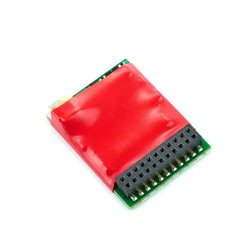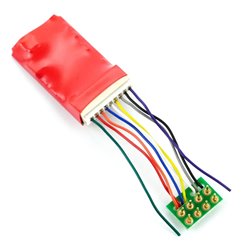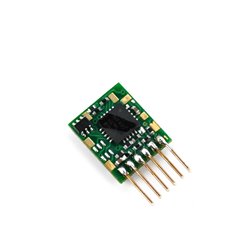Generally, plastic model plane kits do not come with plinths supplied. Nowadays, the majority of kits are designed to...
No products
Product successfully added to your shopping cart
There are 0 items in your cart. There is 1 item in your cart.
Search Tips
Christmas and New Year
We are dispatching orders every weekday apart from Christmas Day, Boxing Day and New Year's Day.
If you order is time critical, select next day delivery at checkout.
The shop in Sandown is closed from 25th December, reopening on 30th December.
How many functions do I need on a DCC decoder?
When choosing a decoder for your model, it can be expected that making your model move is something that all decoders will do as a minimum. In addition to this, all but the most basic of decoders will offer a certain amount of additional functions.
Functions are a decoder's outputs that operate additional features on your models such as lights, sound, fans, smoke generators, horns, bells, whistles and anything else that requires power.
The amount of functions that you need therefore depends on how many features you want to operate. Most basic features require one function per feature, the main exception being the operation of sound. However, a decoder that has been designed to operate sound will likely have more than enough functions to cope, so it's not something you have to lose too much sleep over. As an example, if you just want to operate a light, you will require only one function.
If you are new to the world of decoders, it's worth mentioning that as well as choosing a decoder that has the correct amount of functions to operate your features, you should also check that it will physically fit the socket in your model as these vary in the number of pins required.
Click here to receive the tips weekly in your mailbox. You can unsubscribe at any time.










